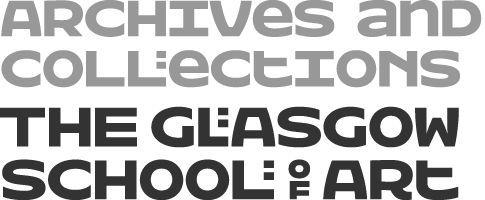Key Information
Type of entity
Person
Authorized form of name
Hockney, David
Parallel form(s) of name
Standardized form(s) of name according to other rules
Other form(s) of name
Identifiers for corporate bodies
Description area
Dates of existence
History
David Hockney, born on 9 July 1937 in Bradford, is an English painter, printmaker, photographer, and stage designer. He attended Bradford School of Art between 1953 and 1957, followed by studies at the Royal College of Art from 1959 to 1962. In 1964 he moved to Los Angeles where he began to work with acrylic paint, making the first of the swimming pool paintings for which he would become well known. He also began taking Polaroid photographs. A number of teaching posts followed, at the Universities of Iowa, Boulder, Los Angeles and Berkley. In 1966, he designed sets and costumes for 'Ubu Roi', a production by Alfred Jarry at the Royal Court Theatre, London. He moved to London in 1968, where he created his first large double portraits. In 1970 he had a Traveling Retrospective at the Whitechapel Art Gallery, London. That year he created his first photographic "joiners", innovative composite images made up of numerous photographs that give an almost cubist effect. Between 1973 and 1975 Hockney lived in Paris, where he had a solo exhibition at the Musee des Arts Decoratifs in 1974 and he designed sets for the ballet 'Septentrion.' He continued to make sets and cosumes for a number of productions, including 'The Rake's Progress' and 'The Magic Flute'. He returned to Los Angeles in 1976, making it his permanent residence in 1978. Hockney continued to innovate throughout the 1980s, making composite Polaroids and photographic collages, multi-coloured lithographs, prints created on photocopiers and drawings on fax machines. In 1985 he designed the cover and forty pages of French Vogue magazine. In 1987/88 he wrote, directed and was featured in a film entitled 'A Day on the Grand Canal with the Emperor of China or Surface is Illusion But So is Depth'. In 1988 he created twenty-four original pages for a book, 'David Hockney: A Retrospective'. He continued to make new prints, while also returning to painting towards the end of this decade. In 1991, Hockney made computer drawings on a Mac II FX computer. The next year, he opened 'Turnadot' and a painting exhibition in Chicago. A retrospective of his work took place in Barcelona in 1993. In the nineties Hockney explored portrait painting. He restaged his opera production of 'Tristan und Isolde' at the Los Angeles Music Centre Opera in 1997. In 1998, he painted 'A Bigger Grand Canyon' in oil on 60 canvases and the following year opened a number of exhibitions. Hockney began to research the use of mechanical devices by the old masters, writing a book about his research and theories in the year 2000. Upon its completion and publication in 2001, he lectured on his findings and worked on a BBC documentary on the subject. Hockney began to work in watercolour for the next few years, eventually exhibiting thirty-six watercolour studies as one work in 2005. That year he returned to East Yorkshire, where he painted 'en plein air'. In 2006, 'David Hockney Portraits' opened at the Museum of Fine Arts, Boston, before coming to Los Angeles County Museum of Art and the National Portrait Gallery, London. Hockney developed a method of creating multi-canvas paintings to create large scale outdoors works, culminating in his largest painting in 2007. Entitled 'Bigger Trees Near Water', it was created with the aid of digital photography and occupied an entire wall of the Royal Academy. 2007 also featured an exhibition of Hockney's Yorkshire Landscape paintings at Tate Britain, to coincide with his curation of Turner watercolours at the gallery. In recent years Hockney has continued to depict the East Yorkshire landscape throughout the changing seasons, using photography and printmaking to aid the process. Continuing to innovate through new mediums, he has created recent artworks by drawing on an iPad tablet computer.
Source: [http://www.hockneypictures.com/chronology.php, accessed 6 Aug 2015]

